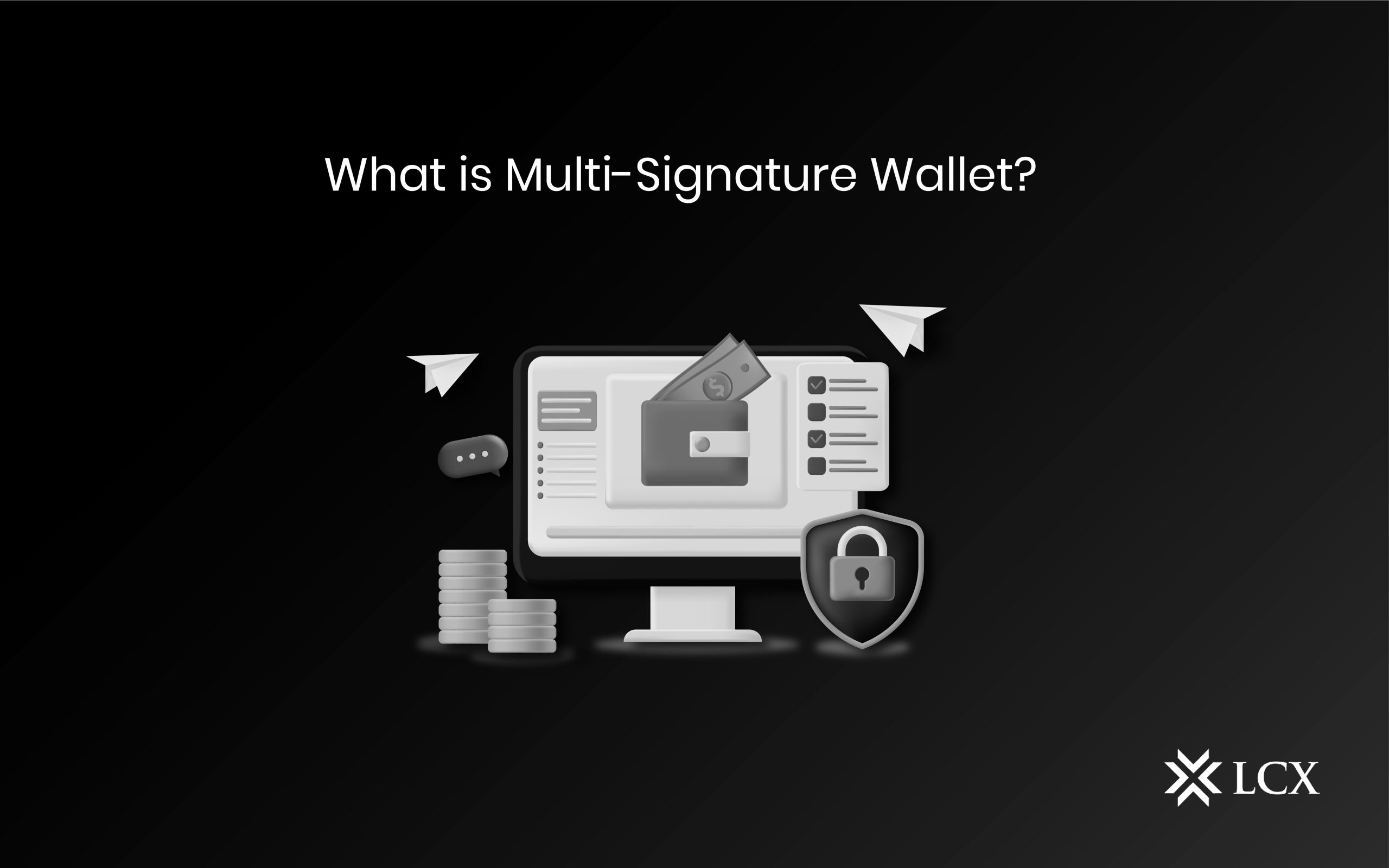Most investors are satisfied with traditional Crypto wallets, which only demand a single signature before transferring assets to another address. Cryptocurrencies are only available in digital form generating several security concerns that prevent professionals from investing in them. This is why the industry needs multisig wallets.
Managing just one set of public and private keys might be overwhelming for some people, so many are amazed by multi-signature wallets.
What Is a MultSig Wallet?
A MultiSig wallet (Multi-Signature wallet) is a cryptocurrency wallet that requires the use of two or more private keys to sign and allow transactions. Here, two or more people are allowed to sign a document as a group. Signatories and co-owners to a shared multisig wallet are called “copayers .”This structure is especially effective when an organization stores or owns a substantial quantity of funds.
The amount of signatures necessary to sign a transaction varies by wallet type. It could be less than or equal to the number of wallet copayers.
Need For Multi-Signature Crypto Wallet
Multisignature wallets are often used by retail investors to secure bitcoin, but they can also be used to connect other cryptocurrencies.
Multisignature storage is used by crypto exchanges, investment funds, brokers, and other crypto organizations to secure their cold store cash. Businesses, brokers, and other financial institutions distribute admin keys for their funds to spread the risk because hackers will need multiple credentials to gain access to their reserves. Similarly, multisig wallet ensures that no individual person in the company may withdraw funds from the account unilaterally. The decision-making process becomes more distributed with the increasing number of signatures required to complete a transaction.
How Does It Work?
- Multisig wallets are equivalent to bank vaults in the way they operate. A bank vault’s technical design requires many keys to open it. Thus, Multisig wallets are also sometimes referred to as vaults. You can specify the number of keys that can be used to open the “vault.”
- Multisignature wallets include features that non-crypto wallets do not, such as giving each copayer access to and control of their wallets’ funds and transactions.
- Each copayer sharing the wallet is given a unique recovery phrase. Copayers must keep their recovery phrase safe or risk not being able to sign transactions due to a lack of copayers.
- Two or more signatures must access the funds stored on a multi-signature address. As a result, using a multisig wallet allows users to make their funds more secure.
Single-Key Vs. Multisig
Traditionally, bitcoins are stored in a single-key address. This means that only one key is required to sign transactions, and anyone who has access to the private key can transfer coins at will, without permission from anyone else.
Now, while having a single-key address provides you with more accessible and faster transactions, it also puts the fund’s security at risk. Multisig wallets may be a viable solution to the challenges associated with single-key. Here, the funds can only be transferred if several signatures are provided and obtained using various methods.
Multiple Configurations Available In Multisig
- 2-of-3: A three-signature wallet can be accessed with just two signatures.
- 2-pf-2: To access a two-signature wallet, both signatures are necessary.
- 3-of-3: To access a three-signature wallet, all three signatures are required.
- 3-of-4: A four-signature wallet requires three signatures to access.
Advantage
- Two-factor authentication: Before logging into a crypto exchange account, users are usually required to enter a 2FA code. To access funds using this approach, a person needs two keys. Most online platforms, such as the LCX exchange, already use this approach.
- Multisig wallets have the most significant advantage in terms of security. By storing their crypto in a multisig wallet, users can assure the safety of their assets at all times and avoid thefts or hacks.
- Multisig wallets allow for consensus, particularly crucial in group settings like multinational corporations or major investment organizations. As a result, only choices reached by a majority can be implemented.
- Escrow Transactions: An escrow transaction is a legal agreement where a third party holds funds until specific requirements are met. A multi-sig wallet with 2-of-3 signatures allows a third party to participate in escrow transactions between two parties (A and B). In this scenario, a mutually trusted third party (C) is included in the transaction if something goes wrong.
Disadvantages:
- The backup mechanism provided by a single-signature wallet is not available in a multisig wallet. You lose access to the entire vault if you lose the majority of wallets and their seed phrases in a multisig
- Blockchain and multisig addresses are relatively new concepts. Thus, getting legal counsel if something goes wrong can be challenging.
- Considerable amount of technical expertise is required for creating the address of a multi-signature wallet. However, in recent years, the expanding number of multi-sig wallet providers has made this less of a problem.
- Multi-sig relies on another party, device, or location to access the wallet to authorize a transaction. Thus, it can be slower than a single-sig.
Conclusion:
Despite a few drawbacks, multisig wallets have a wide range of practical uses, making cryptocurrencies even more valuable and desirable to businesses. And, the security benefits are sufficient to outweigh the drawbacks anyway. Multi-signature wallets are a far more reputable and highly secure choice for managing your crypto assets. These wallets can make Bitcoin and other cryptocurrencies more engaging, practical, and safe if used correctly.









